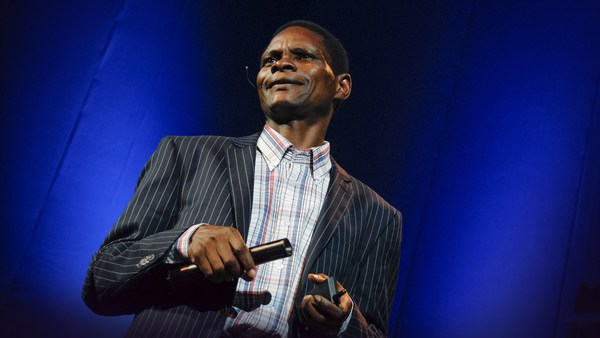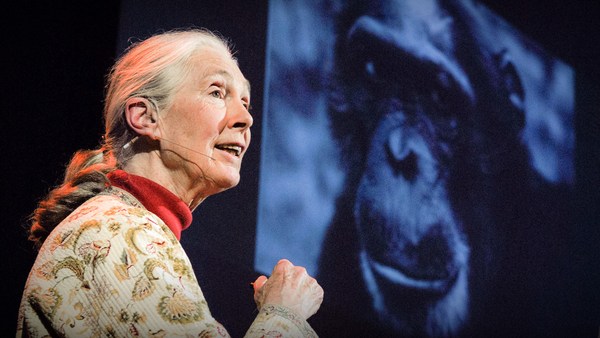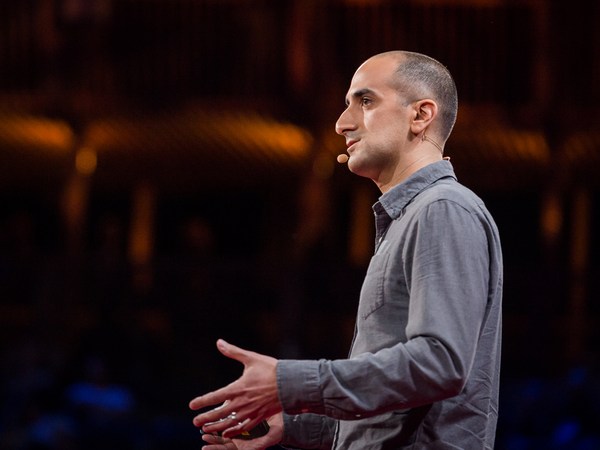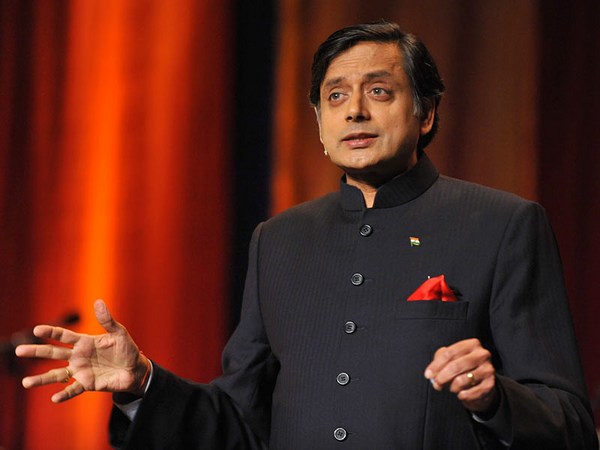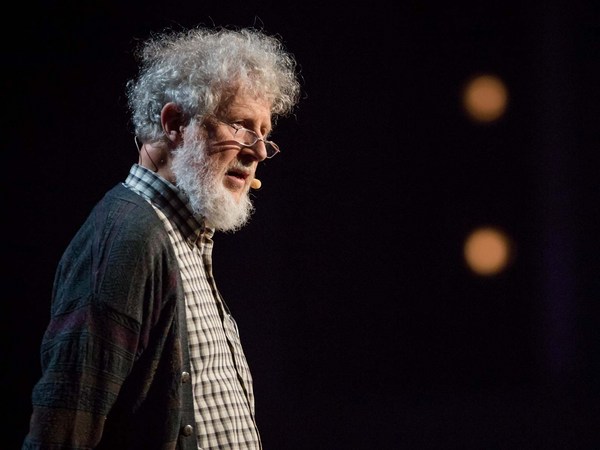Hi. For those of you who haven't seen dancing bears, these are the dancing bears. In 1995, we started working on a two-year investigative research project to try and find out what was going on. Because the sloth bears in the wild were obviously getting depleted because of this. This is the Qalandar community. They are a marginalized Islamic community who live across India, and have been in India since the 13th century.
We went about getting evidence of what was going on. And this is footage from a hidden camera in a button. And we went in, pretending to be buyers. And we found this right in this very state, in Karnataka. And the bear cubs were being harvested from across the country and being sold and traded. These were being sold for about 2,000 dollars each, and they are used for bear paw soup, and also being trained, later on, to become dancing bears like the one you just saw.
Sadly, the family of Qalandars depended on this bear. The couple are barely 18 years old. They already have four children beside them. You can see them. And the economy of the family and their livelihood depended on those animals. So, we had to deal with it in a very practical and sustainable manner.
Now, when we started working deeper and digging deeper, we found that it's an illegal act. These guys could go to jail for up to seven years if they were caught by authorities. And what they were doing to the bears was really appalling. It was unacceptable. The mother bears are usually killed. The cubs, which are taken, are separated. Their teeth are basically bashed out with a metal rod. And they use a red hot iron needle to make a hole through the muzzle. Now we had to start changing these people and converting them from using that for a livelihood, to getting something else.
So, this is Bitu Qalandar, who was our first experiment. And we were so unsure that this would work. We weren't sure at all. And we managed to convince him. And we said, "Okay, here is some seed fund. Let's see if you can get something else." And we got the bear surrendered to -- we set up a sanctuary. We have four sanctuaries in India. And now he sells cool drinks, he's by the highway. He has a telephone booth.
And then it started, there was no turning back after that. This is Sadua who came and surrendered his bear. And now he runs a cattle fodder store and a grain store near Agra. Then there was no looking back at all for us. We gave cycle rickshaws. We set up carpet-weaving units, vocational training for the women. The women were just not allowed to come out of the community and work with mainstream society. So, we were able to address that.
Education. The kids never went to school. They only had Islamic education, very little of it. And they were never allowed to go to school because they were an extra earning hand at home. So we managed to get education. So, we sponsor 600 children education programs today. We were able to ensure brighter futures for these people.
Of course we also had to get the bears in. This is what happens to the bears when they come in. And this is what we turn them into. We have a veterinary facility in our rescue centers. So, basically in 2002 there were 1,200 dancing bears. We rescued over 550 dancing bears. We've been able to ensure better futures for the people and the bears.
The big news that I want to announce today is that next month we will be bringing in the very last bear of India, into our rescue center. (Applause) And India will no longer have to witness this cruel barbaric practice which has been here for centuries. And the people can hold their heads up high. And the Qalandar people will rise above all this cruel barbaric past that they've lived all their lives. And the beautiful bears can of course live in the wild again. And there will be no more removing of these bears. And the children, both humans and bear cubs can live peacefully. Thank you. (Applause)
